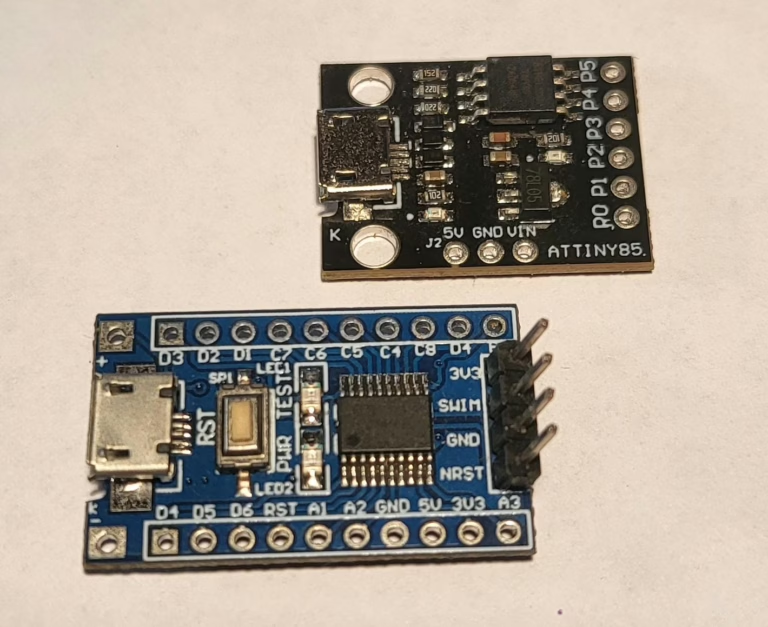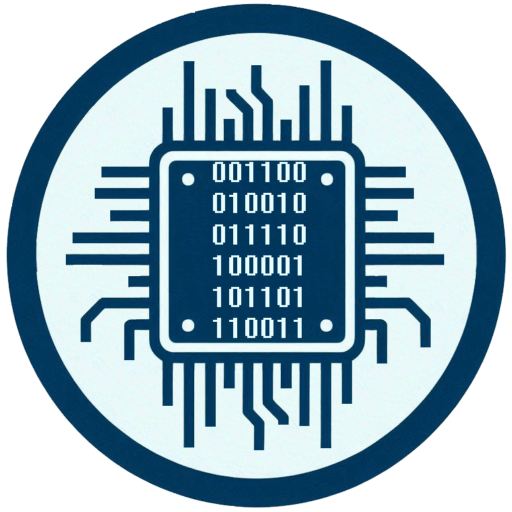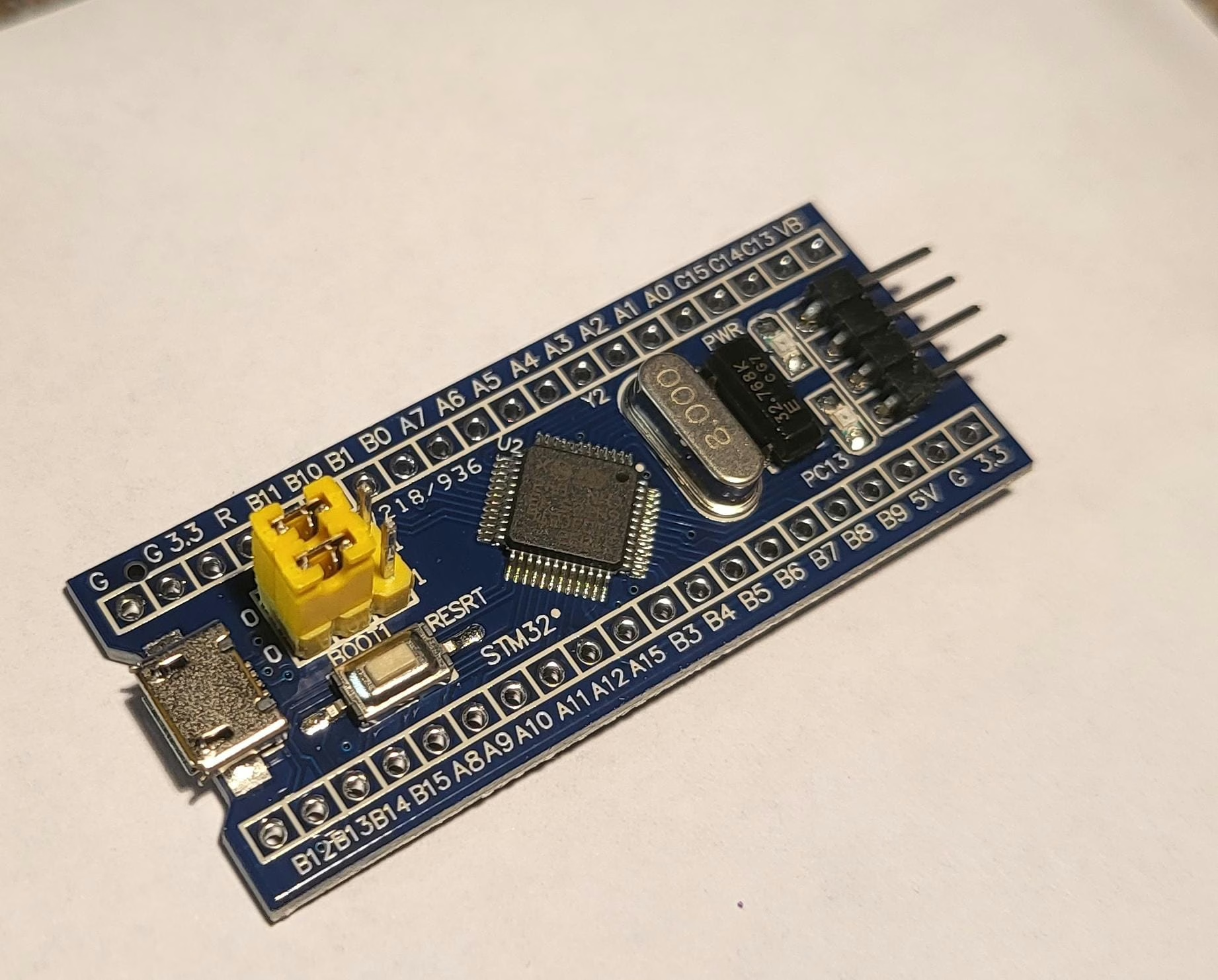What is a microcontroller?
-
6. May 2025
What is a microcontroller - and what can you do with it?
Microcontrollers are small, powerful components that often work invisibly in everyday life. They can be found in coffee machines, car keys, thermostats, 3D printers or even in your DIY projects. But what exactly is a microcontroller - and why is it so versatile?
What is a microcontroller?
A microcontroller (short: MCU for microcontroller unit) is basically a small computer on a single chip. It consists of:
-
CPU (computing unit)
-
RAM (working memory)
-
Flash memory (for programs)
-
I/O-Pins (for inputs/outputs)
-
Timers, interfaces, converters (e.g. PWM, UART, ADC)
The difference to the “big” computer: A microcontroller works in a targeted, energy-saving manner and is often permanently installed in a device where it controls a specific function.
What can you do with a microcontroller?
The answer: almost everything - when it comes to measuring, controlling or regulating.
Typical areas of application:
Sensors & measurement (e.g. temperature, light, humidity)
Motor control (e.g. fans, servos, stepper motors)
Lighting control (e.g. LED strips, displays)
Communication (e.g. Bluetooth, WLAN, I2C, SPI)
Home automation (e.g. smart home control centers)
Prototyping (e.g. for device development, control systems)
Learning & training purposes (e.g. Arduino projects at school)
Examples of microcontroller platforms:
| Platform | Properties | Ideal for ... |
|---|---|---|
| Arduino UNO | Very beginner-friendly, huge community | First electronics projects |
| ESP32 | WLAN + Bluetooth integrated, very powerful | IoT, smart home, data logging |
| STM32 | Industrial quality, extremely powerful | Professional applications |
| ATtiny | Very small, inexpensive, energy-saving | Mini projects, battery operation |

How is a microcontroller programmed?
Most microcontrollers are programmed with C or C++. For beginners, there are environments such as:
Arduino IDE (very accessible, beginner-friendly)
PlatformIO (more advanced, but much more flexible)
MicroPython (for Python fans, but I can't recommend it)
- There are also various other IDEs such as STMCube etc.
Programming is usually carried out via a USB cable or a programmer and is transferred to the chip using a simple code.
What do I need to get started?
A microcontroller board (e.g. Arduino UNO)
USB cable for programming
Software (e.g. Arduino IDE)
Basic components (e.g. LEDs, resistors, buttons)
A breadboard for experimental setups
Soon here in the store!
Various development boards will soon be available in the store.
LEDs, switches and breadboards will follow, so check back regularly to see what's new in the store.
Conclusion
Microcontrollers are at the heart of countless modern devices - and an incredibly exciting tool for hobbyists, developers and inventors. Once you get started, you will soon realize: The potential is huge - and the barrier to entry is surprisingly low.

